Astronomers have seen a huge star explode in a fiery supernova for the first time ever. The event was even more spectacular than the scientists had expected.
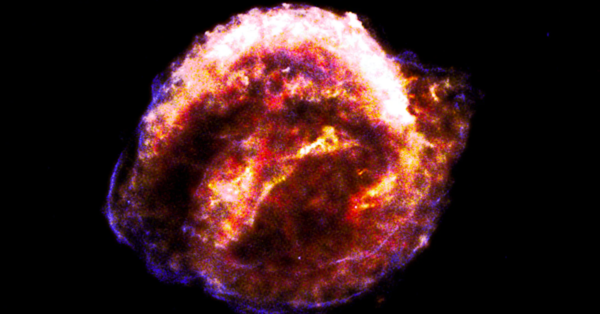
A new study published on January 6 in the Astrophysical Journal says that scientists started watching SN 2020tlf, a red supergiant about 120 million light-years away from Earth, more than 100 days before its last, catastrophic collapse. During that time, the scientists saw the star erupt with bright flashes of light as huge balls of gas shot out of its surface.

A red supergiant star changes into a Type II supernova. On its last breath, it explodes with a powerful blast of radiation and gas before collapsing and exploding. (Photo by Adam Makarenko from the W. M. Keck Observatory)
Researchers were surprised by these fireworks before a supernova because they had seen no signs of violent emissions from red supergiants that were about to explode in the past, they said.
“This is a breakthrough in our understanding of what massive stars do moments before they die,” lead study author Wynn Jacobson-Galán, a research fellow at the University of California, Berkeley said in a statement. “For the first time, we watched a red supergiant star explode!”
When the popularity of big stars grows quickly
Red supergiants are the biggest stars in the universe in terms of volume. They are hundreds or even thousands of times the size of the sun. (Red supergiants are not the brightest or biggest stars in the universe, even though they are big.)
Atoms in the cores of these huge stars fuse together to make energy, just like our sun does. On the other hand, red supergiants can make things that are much heavier than the hydrogen and helium that our sun burns. As supergiants burn heavier elements, their cores get hotter and more compact. When these stars start fusing iron and nickel, their cores collapse, and they send their gassy outer atmospheres into space in a type II supernova explosion, they run out of energy.

Scientists have seen red supergiants before they go supernova and studied what happens after these cosmic explosions, but until now, they had never seen the whole thing happen in real time.
The people who wrote the new study started to look at SN 2020tlf in the summer of 2020, when the star gave off bright flashes of radiation, which they later figured out were caused by gas erupting from the surface of the star. Two telescopes in Hawaii, the University of Hawaii Institute for Astronomy Pan-STARRS1 telescope and the W. M. Keck Observatory on Mauna Kea, were used to keep track of the angry star for 130 days. In the end, at the end of that time, the star blew up.
Researchers found evidence that a dense cloud of gas was surrounding the star at the time of its explosion. This cloud of gas was probably the same gas that the star had been giving off in the months before its explosion. This shows that huge explosions started long before the core of the star broke apart in the fall of 2020.
“We’ve never confirmed such violent activity in a dying red supergiant star where we see it produce such a luminous emission, then collapse and combust, until now,” study co-author Raffaella Margutti, an astrophysicist at UC Berkeley, said in the statement.
According to what the team found, red supergiants’ inner structures change a lot, leading to chaotic gas explosions in their last few months before they crash.

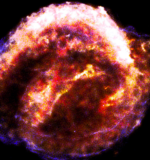
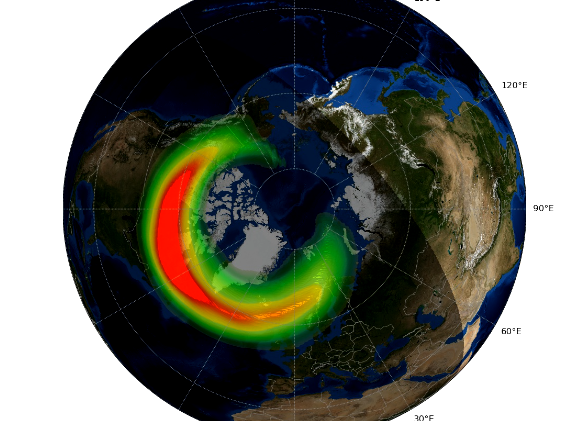

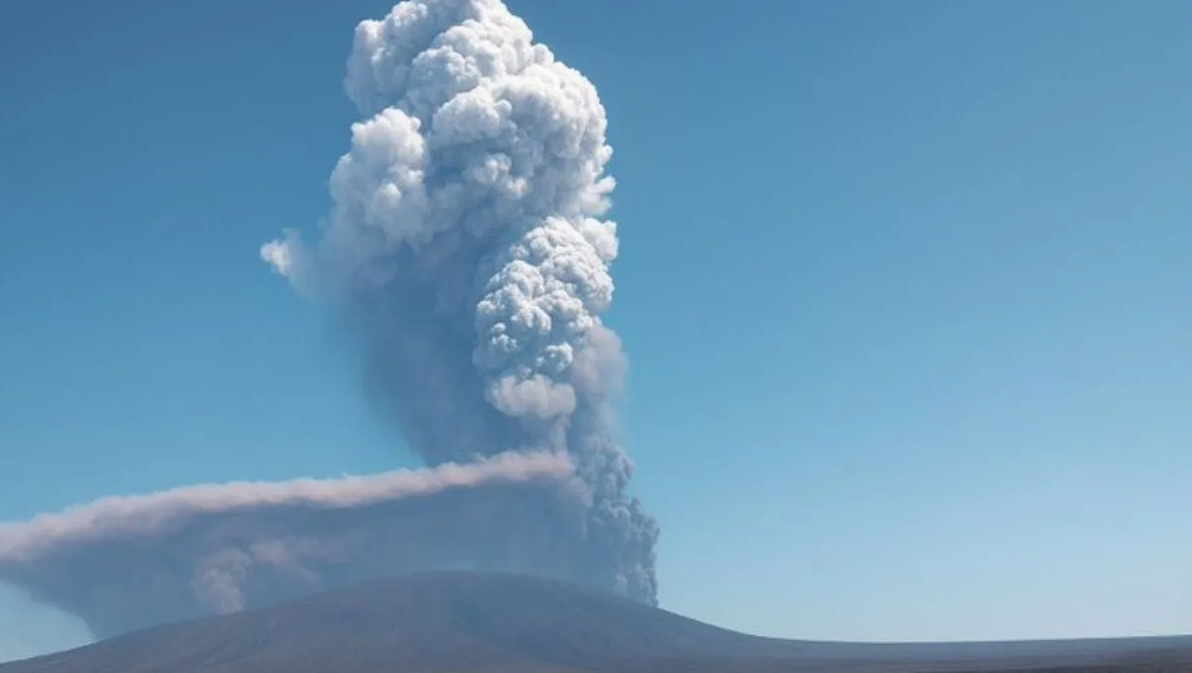
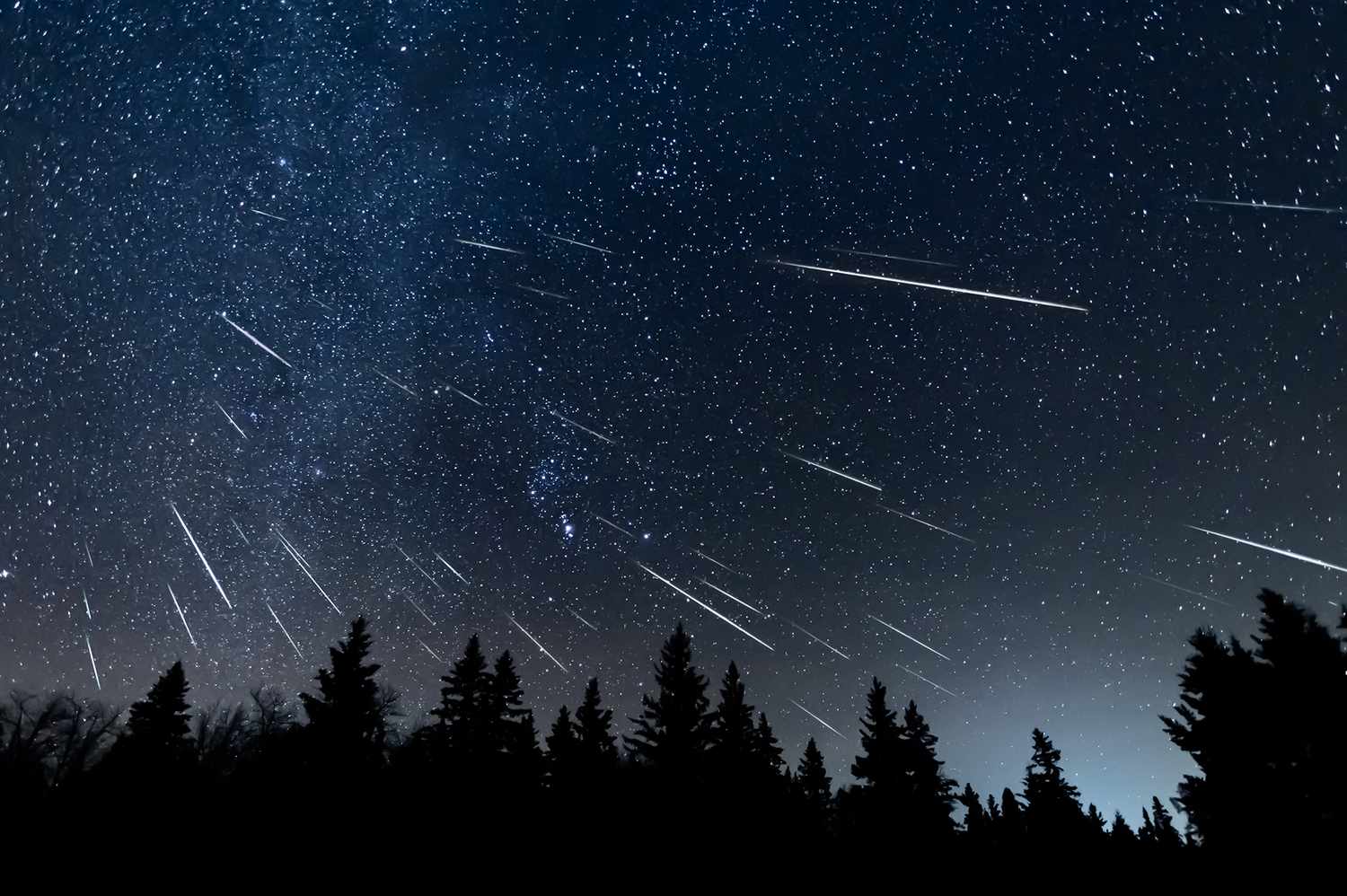


 Photographer Finds Locations Of 1960s Postcards To See How They Look Today, And The Difference Is Unbelievable
Photographer Finds Locations Of 1960s Postcards To See How They Look Today, And The Difference Is Unbelievable  Hij zet 3 IKEA kastjes tegen elkaar aan en maakt dit voor zijn vrouw…Wat een gaaf resultaat!!
Hij zet 3 IKEA kastjes tegen elkaar aan en maakt dit voor zijn vrouw…Wat een gaaf resultaat!!  Scientists Discover 512-Year-Old Shark, Which Would Be The Oldest Living Vertebrate On The Planet
Scientists Discover 512-Year-Old Shark, Which Would Be The Oldest Living Vertebrate On The Planet  Hus til salg er kun 22 kvadratmeter – men vent til du ser det indvendigt
Hus til salg er kun 22 kvadratmeter – men vent til du ser det indvendigt  Superknepet – så blir snuskiga ugnsformen som ny igen!
Superknepet – så blir snuskiga ugnsformen som ny igen!  Meteorite That Recently Fell in Somalia Turns Out to Contain Two Minerals Never Before Seen on Earth
Meteorite That Recently Fell in Somalia Turns Out to Contain Two Minerals Never Before Seen on Earth  Nearly Frozen Waves Captured On Camera By Nantucket Photographer
Nearly Frozen Waves Captured On Camera By Nantucket Photographer  It’s Official: Astronomers Have Discovered another Earth
It’s Official: Astronomers Have Discovered another Earth 